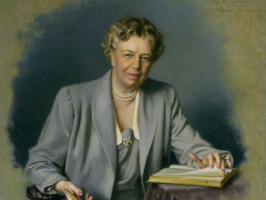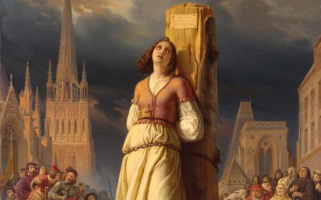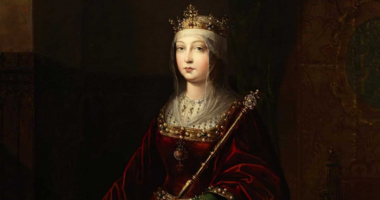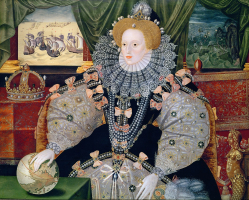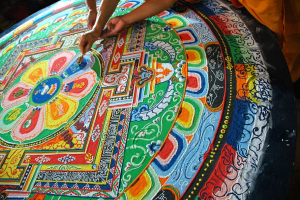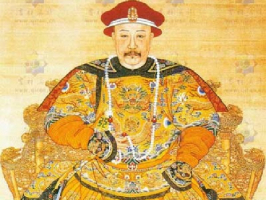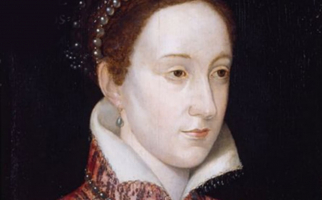Top 6 Interesting Facts about Eleanor of Aquitaine
One of the most influential figures of the Middle Ages, Eleanor of Aquitaine was also one of the most powerful women. She was the most desirable bride of her ... read more...generation thanks to her inheritance and went on to be the queen of both France and England, and lead a crusade to the Holy Land. Read on to find out the top most interesting facts about the Captive Queen, Eleanor of Aquitaine!
-
Before her father passed away, Duke William worried for Eleanor's safety since he knew she would be a highly sought-after unmarried woman. King Louis VI of France was named as Eleanor's protector. When William passed away in 1137, King Louis VI was quite ill, but he moved quickly to make sure that his son, Prince Louis, would wed Eleanor in the same year. Eleanor was 15 years old and Louis was 17 when they got married in Bordeaux's Saint-André Cathedral. Soon after, King Louis VI passed away, and his son succeeded him as king of France the next year.
Her formal education included Latin as well as Provencal, the language of Aquitaine. On Good Friday 1137, in the city of Compostella while on pilgrimage, Duke William X passed away. She probably had blond hair and blue eyes, which at this time were considered marks of extraordinary good looks. After their wedding, on August 8, both Eleanor and Louis were consecrated duke and duchess of Aquitaine. News reached them during the betrothal banquet that Louis' father, king Louis VI had died a week earlier. On December 25, 1137 Eleanor was crowned queen of France.
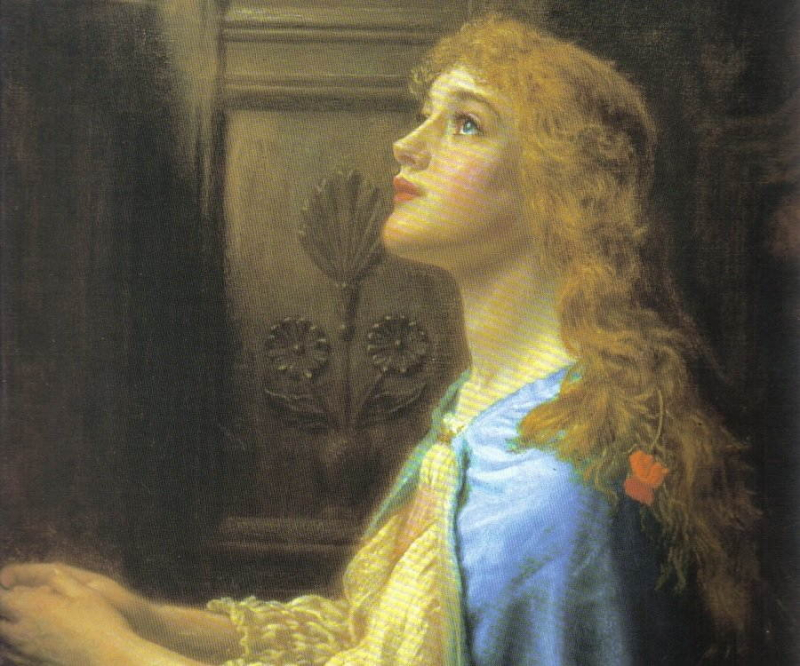
Source: Famous People 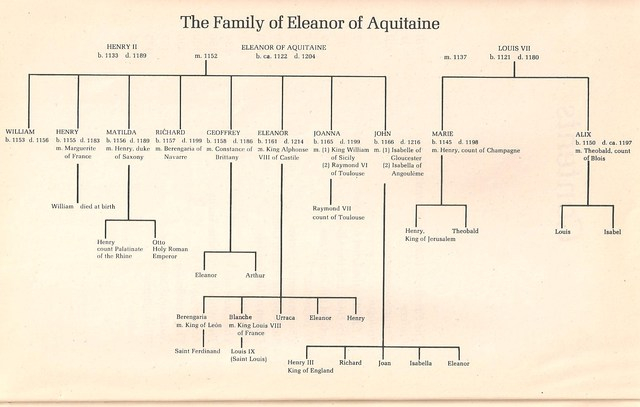
Source: genealogieonline.nl -
Within months of her father's passing, in July 1137, Eleanor and Louis were married. Eleanor was the new Duchess of Aquitaine because she was the oldest surviving daughter and didn't have any brothers. Prince Louis' father spotted an opportunity to increase his kingdom, and promptly dispatched his son and heir to marry her.
Their union was not a joyful one. Between Eleanor's Aquitainian way of life and Louis' French court, there was a significant clash of personalities and cultural norms. Louis was also extremely devout, while Eleanor simply followed more traditional piety. Before they embarked on a crusade, they had a daughter named Marie. There were rumors that Eleanor was having an affair with her uncle Raymond while they were in Antioch. She allegedly recommended to Louis that they get a divorce, but he rebuffed her.
They eventually made it home, stopping at the Pope, who tried to make the fighting couple reunite. Eleanor got pregnant with her second child, who was a daughter once more. Given that the French court assisted in convincing Louis to divorce her so that he might wed another woman who would bear him a son, the birth of this child certainly prevented her from ending their marriage. The annulment was granted on 21st March 1152 on the grounds of consanguinity, meaning that the Church felt the couple were too closely related. Eleanor once again became Duchess of Aquitaine in her own right, but Louis had to approve any future marriage she might consider. Their daughters were also left to be raised in the French court, rather than sent to Aquitaine with their mother.
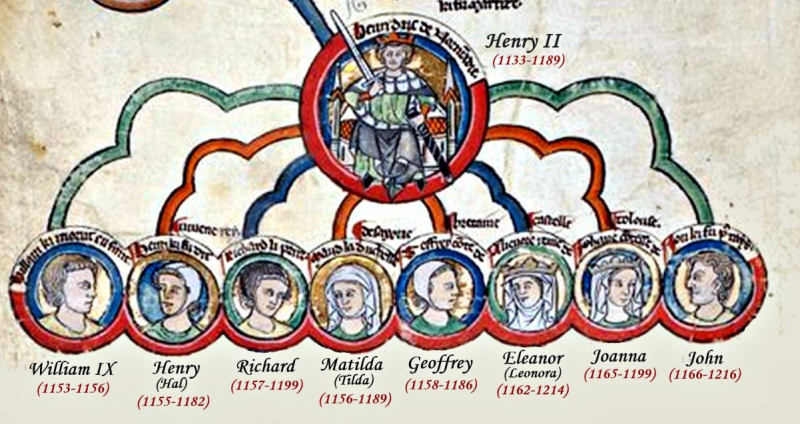
Source: blogspot.com 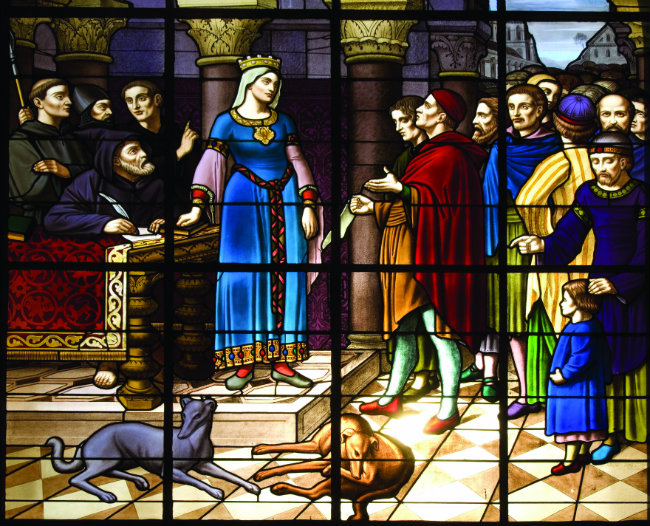
Source: francetoday.com -
Eleanor hurried back to Aquitaine while evading numerous efforts to kidnap and marry her off. She moved so swiftly, demonstrating her awareness of the danger she was in at the moment, while moving at all, demonstrating her bravery and resolve to take control of her life going forward.
She was so determined, in fact, that she wedded eight weeks after her divorce without consulting Louis beforehand. Duke Henry of Normandy was her first choice for a husband; their union of two sizable duchies led to the kind of border issue that Louis had hoped to avoid.
Henry was courageous, resolute, and quick to act—everything Louis wasn't. She and Henry would later become King and Queen of England and have five sons and three daughters. Even though her marriage to Henry did not have a happy finish, it did have a better beginning than her union to Louis.
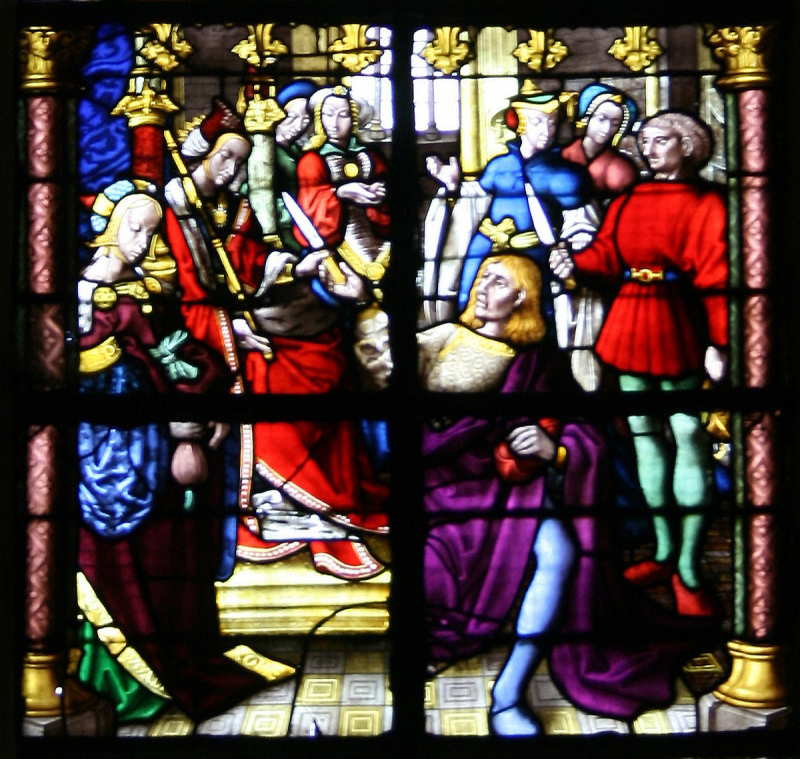
Source: francetoday.com 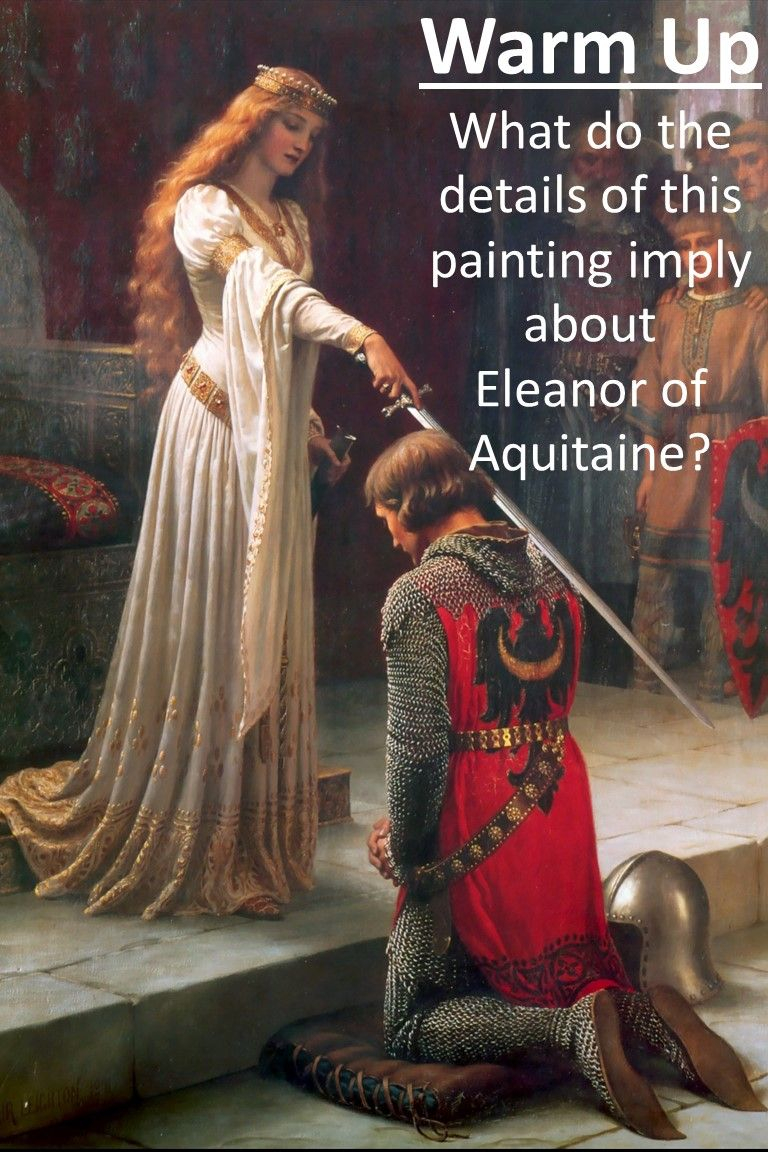
Source: Pinterest -
On September 3 1189 Richard was crowned king of England at Westminster Abbey in the presence of his adoring mother. She was now sixty-seven, a very old woman for her times, but one who kept well. The following year Richard left for the Middle East on his joint crusade with king Phillip II stopping in Sicily and then Cyprus. In Sicily he reunited with his mother who had travel first to France, then Navarre were she made a deal with its king, Sancho the Wise, to have his daughter marry Richard. From there, Eleanor and her future daughter-in-law traveled over the Alps reaching Richard just before his departure. A few days later she returned home, stopping briefly in Rome during the coronation of the new pope, an old friend. She secured the Archbishopry of York for her son Geoffrey Plantaganet (thus removing him from the throne), obtained a legateship for the Archbishop of Rouen (to use it against the Chief Chancellor of England) and funds for her trips.
Although she didn't spend much time with her kids while she was imprisoned, they stayed close to her. One of Richard's first acts as Richard I after ascending to the throne in 1189 was to free Eleanor and give her control over English political issues. Eleanor's outstanding leadership skills were on full display over the latter 15 years of her life. Together with her younger son, John, Eleanor served as vice regent while Richard spent the majority of his time away on crusade. Eleanor continued to hold a lot of power even after Richard died in 1199, when her official participation in English politics ended. She was still actively involved in Aquitaine's affairs up until her death in 1204 at the age of 82 maintaining her role as one of the most influential and revered people of medieval Europe.
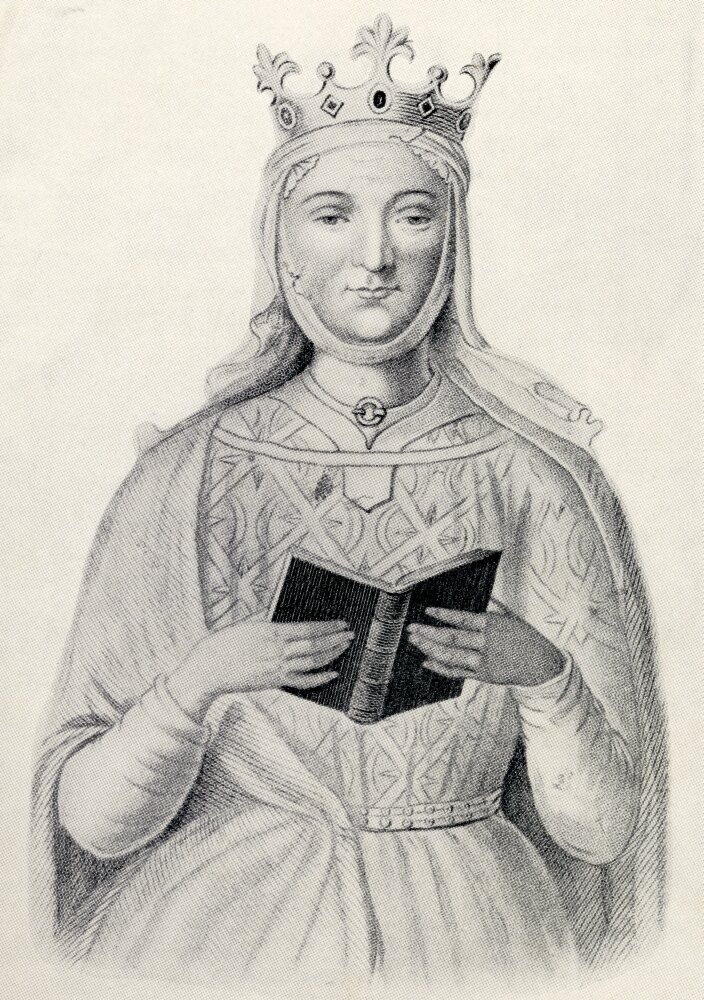
Source: Rakuten.com 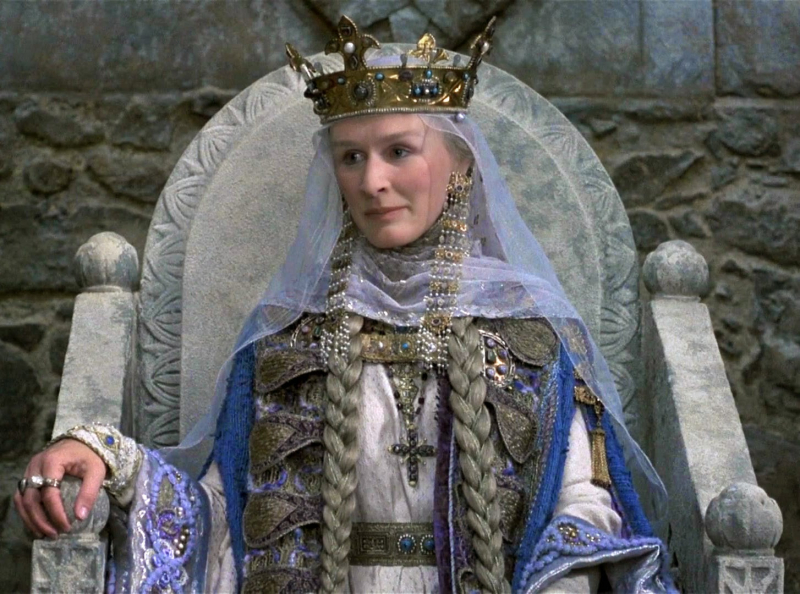
Source: mostbeautifulgirlscaps.blogspot.com -
There are several reports of Eleanor's beauty, but we have no means of knowing how she appeared today. Despite the fact that several people said she was attractive, none of these testimonies include any details about her appearance, thus nobody is even aware of the most basic things like her hair or eye color.
She was described as "gracious, charming, and the very essence of charm" by the poet Bernard de Ventadour, and by the poet Matthew Paris as having "admirable beauty."Another noteworthy Eleanor of Aquitaine information is that she is not represented in any paintings, which is highly remarkable given the prevalence of royal portraits throughout history.
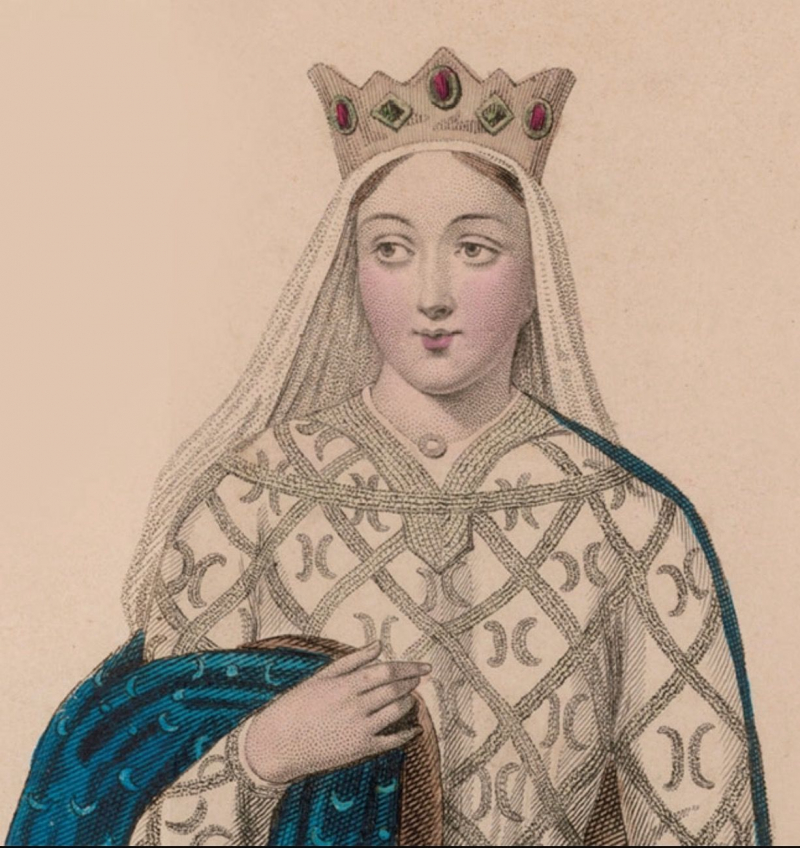
Source: Pinterest 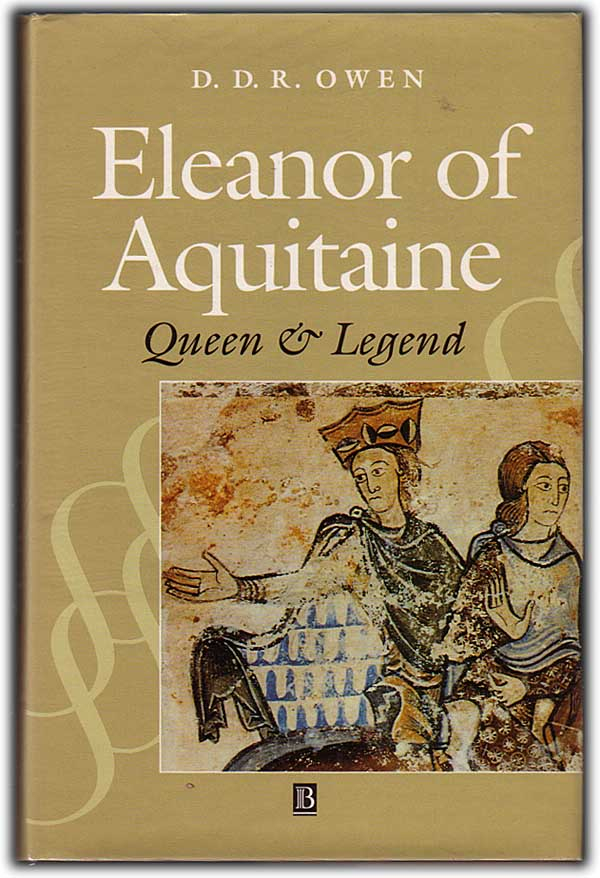
Source: medievalbookshop.co.uk -
In 1173–1174, three of Eleanor and Henry's sons rose out in rebellion against him, with Henry the Young being the catalyst. Henry the Young believed his father had not given him enough authority. Eleanor was detained and imprisoned for 16 years after choosing to side with her boys. She was only able to visit her children on rare occasions and remained behind bars until King Henry II's death in 1189. Since Henry the Young had also passed away in 1183, Richard I of England, Eleanor's third son, assumed the throne.
Fortunately for her, as soon as he took the throne, he freed her. Richard passed away without leaving an heir in 1199, and John was proclaimed king in his place. In 1200, nearly 80-year-old Eleanor crossed the Pyrenees to retrieve her granddaughter Blanche from the court of Castile and marry her to the son of the French king out of concern for the Plantagenet domain's impending collapse. She anticipated that by arranging this union, the Plantagenets of England and the Capetian rulers of France would live in harmony. She aided in protecting John's French possessions in the same year by aiding in the defense of Anjou and Aquitaine against her grandson Arthur of Brittany. In 1202, she once more owed John for keeping Mirebeau against Arthur until John, to her relief, was able to capture him. John’s only victories on the Continent, therefore, were due to Eleanor.
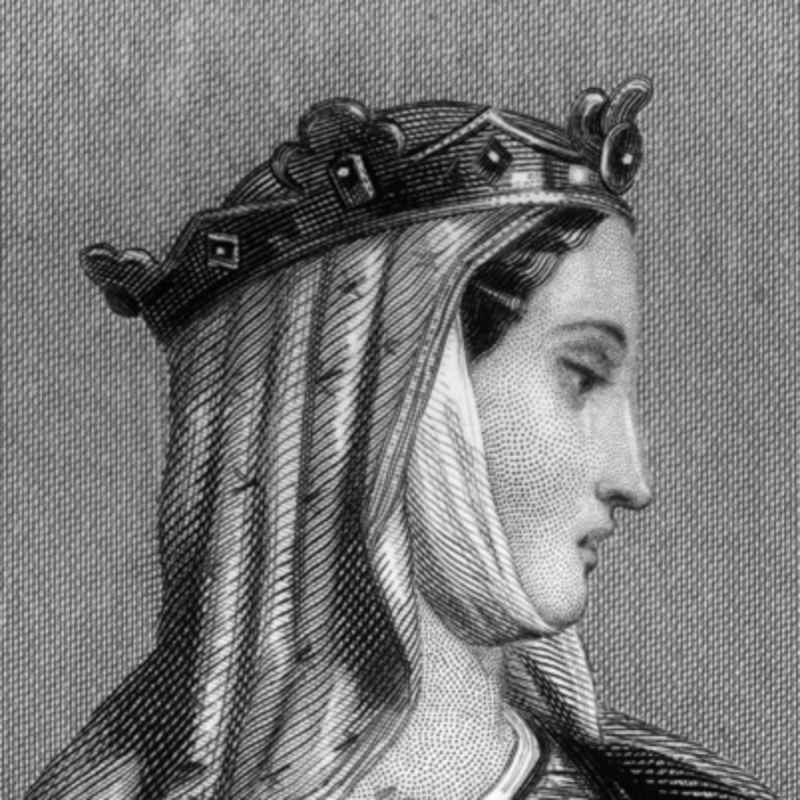
Source: BIO 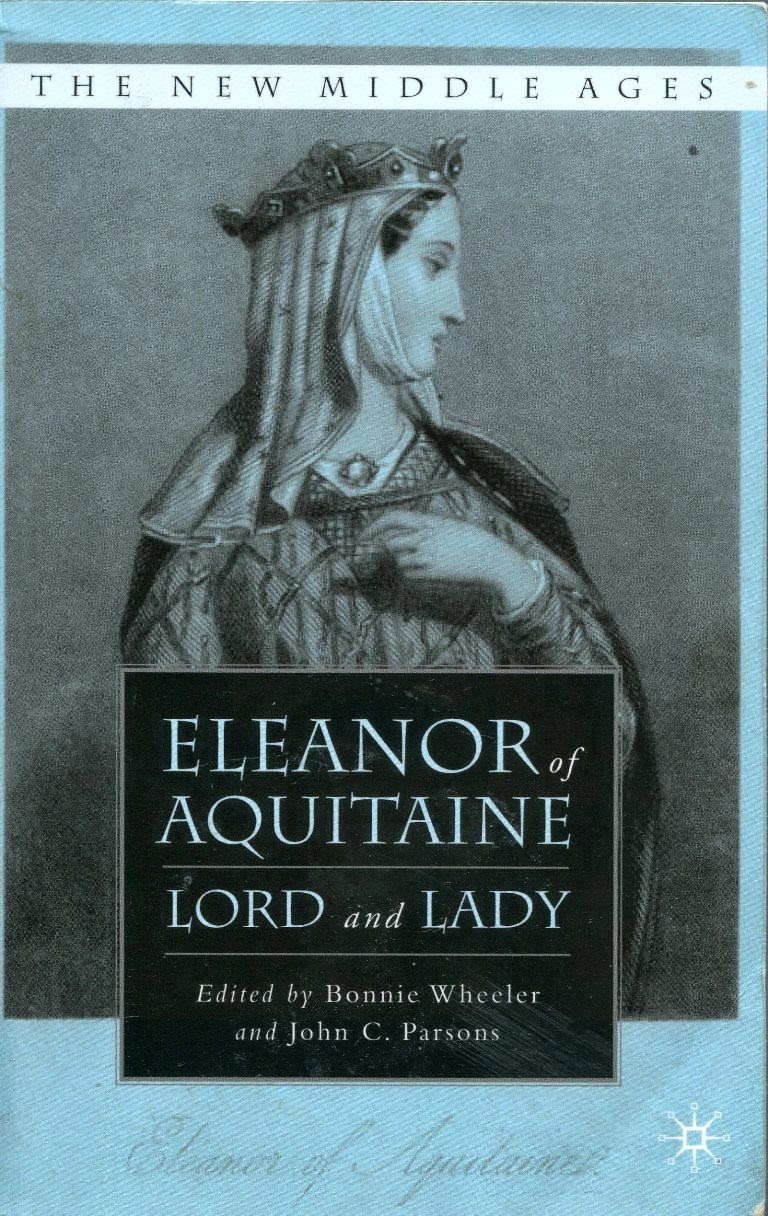
Source: blogspot.com








